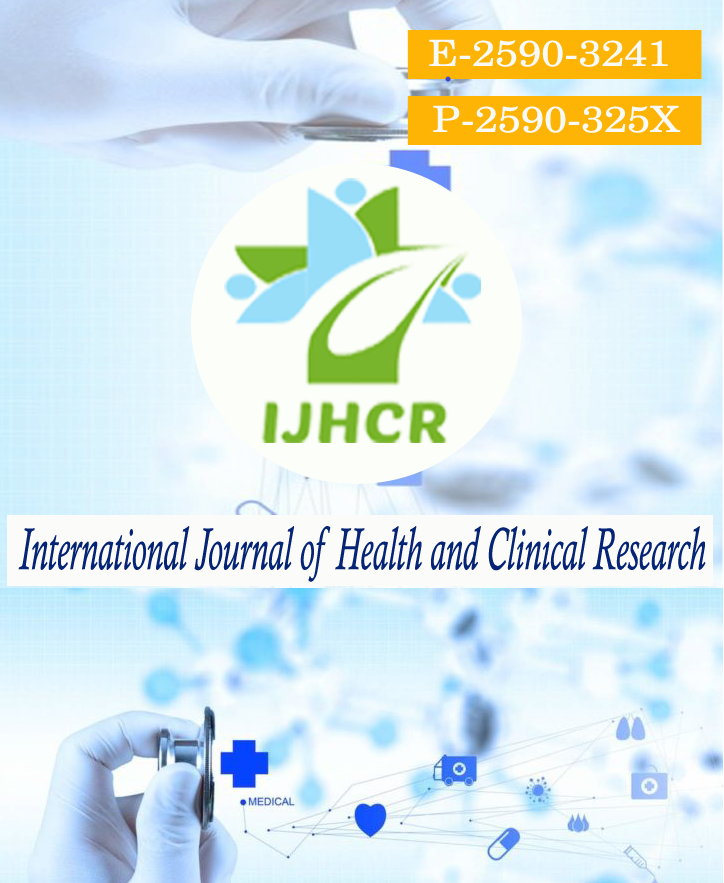“A Comparative Study Of Dexmedetomidine And Fentanyl For Attenuation Of Hemodynamic Response To Laryngoscopy And Endotracheal Intubation”
Keywords:
Laryngoscopy, Hemodynamics, Fentanyl, Dexmedetomidine, Stress response.Abstract
Background: Laryngoscopy and endotracheal intubation provoke a transient, but marked sympathetic and sympathoadrenal response leading to hypertension and tachycardia. No single anaesthetic technique has been accepted to be completely effective in preventing or attenuating this sympathetic response. Fentanyl, an opioid, and dexmedetomidine, a highly selective alpha-2 agonist, have shown to partially attenuate the hemodynamic response to laryngoscopy and intubation.
Aim: To compare the effect of iv.fentanyl and iv.dexmedetomidine for the attenuation of hemodynamic response to direct laryngoscopy and endotracheal intubation.
Materials and Methods: Sixty patients, of either sex, ASA I & II, admitted for elective procedure under general anaesthesia were randomised into two groups. Thirty patients received 1mcg/kg dexmedetomidine, 5 minutes before induction and the remaining 30 patients received 2mcg/kg fentanyl, also 5 minutes before induction. Patients were induced with thiopentone 5mg/kg and muscle relaxant rocuronium 0.6mg/kg given. Systolic, diastolic and mean blood pressures, along with heart rate, were measured in all the patients at baseline, before induction and intubation, and at 1,2,3 and 5 minutes post intubation.
Discussion: Both fentanyl and dexmedetomidine attenuated the rise in systolic, diastolic and mean arterial pressure, as well as the rise in heart rate. The rise in systolic pressure was significantly lower in the dexmedetomidine group at 1 to 5 minutes post intubation (p< 0.001). Dexmedetomidine was more successful in reducing the heart rate post intubation when compared to fentanyl (p< 0.001).
Conclusion: Dexmedetomidine was more effective than fentanyl in attenuating the rise in systolic pressure and heart rate due to laryngoscopy and intubation.
Downloads
Published
How to Cite
Issue
Section
License
Copyright (c) 2023 MD Suhana, K Sunanda

This work is licensed under a Creative Commons Attribution 4.0 International License.






 All articles published in International Journal of Health and Clinical Research are licensed under a
All articles published in International Journal of Health and Clinical Research are licensed under a 